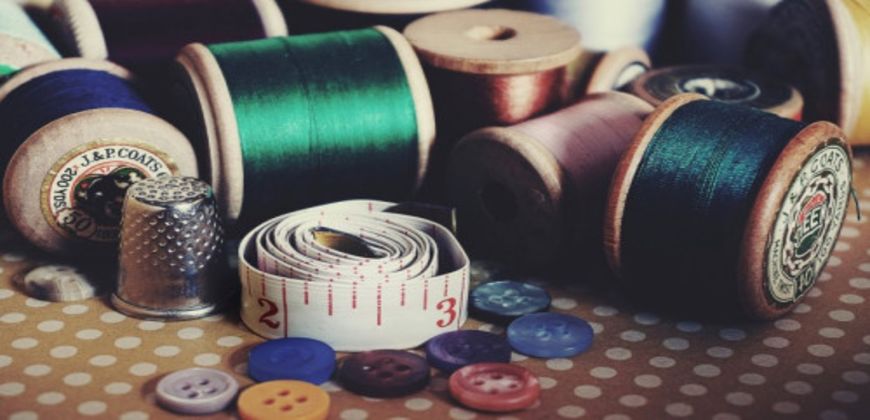Blogs
- Blog
- What is Fibre and why is it important?

What is Fibre and why is it important?
First and fore most requirement to make a product is its raw material. The raw material in a fabric is ‘fibre’. A fibre is any hair like raw material from natural source or manmade which can be converted into nonwoven fabrics like felt or paper or pliable enough to be spun into a yarn and finally woven into a fabric.
Natural fibres commonly used in handloom or any wearable fabric is either cellulosic i.e. from plant source Cotton, flax(linen), jute, bamboo, banana etc., or protein fibre from animal source wool, animal hair/fur and silk.
Cellulosic or plant fibres may be obtained from seeds – cotton, kapok etc.; stem or bast fibres such as jute, flax, hemp, ramie, bamboo etc.; leaves – sisal, manila, abaca; and fruit – coir. Though all fibres from plant source are not used for fabric construction as they are not pliable enough or too brittle to be used in wearable fabrics. Some fibres can be used for wearable fabrics after they are treated for softening, this usually requires traditional methods of retting with dew to remove the non-fibrous substances. It is a long, time consuming process and replaced by faster chemical and mechanical processes which are usually not very environment friendly, require an industrial set up taking up the costs, thus not very popular. Almost all natural plant fibre has a staple length from 10mm to 65mm
Silk, wool, fur and all fibre from animal hair (sheep, rabbit, camel etc.) is protein fibre. All animal hair protein fibre is warm in nature due to its basic scaly structure and mostly used for winter clothes. Silk is an exception which comes from insect source and is not animal hair.
Since most fibres are of staple length, they need to be spun to make a thread or yarn except silk which is of longer lengths running into several hundred meters(600-900m) and are called filaments. A single silk filament is too fine and delicate to be used for making a fabric, hence a number of filaments from (4-8 cocoons) are loosely spun together by hand or with the help of machines to make a yarn useful for weaving cloth.
Fabric or garments world over are made from either cotton or animal hair(wool). Synthetic fibre is also used in fabric construction, mostly as blends to improve the desired quality of fabric and sometimes by themselves. Some examples of synthetics used in fabric construction are polyesters, nylon, acrylic, spandex, etc.
The third category of fibres which is becoming very popular in present times, is easier to blend with most natural fibres which can be produced to the desired texture and properties is manmade cellulosic fibre or Rayon. These are regenerated cellulose from various plant sources. The most popular ones today are cellulose from birch popularly referred to as modal. This requires liquifying the cellulose, purification and then spinning the liquid into filaments. the process requires extensive use of chemicals, machines, fuel for operating the machines and huge industrial infra structure.

